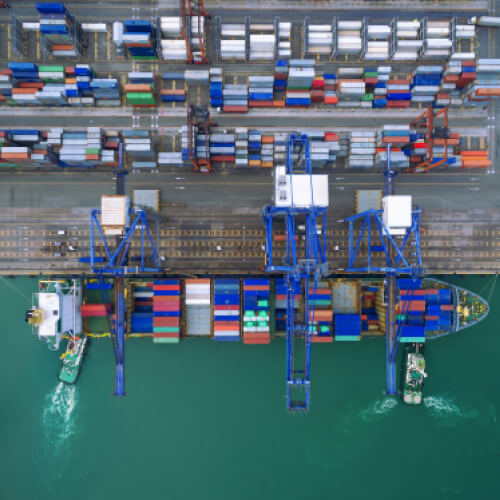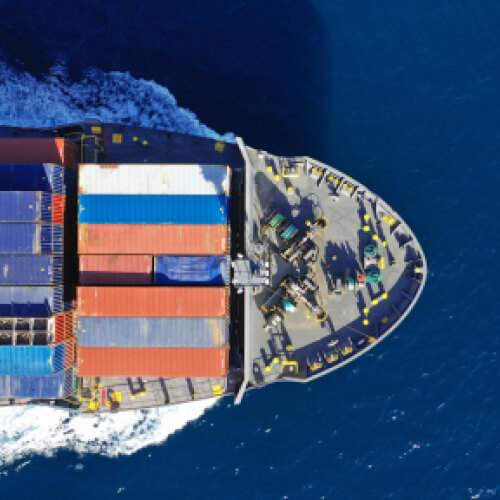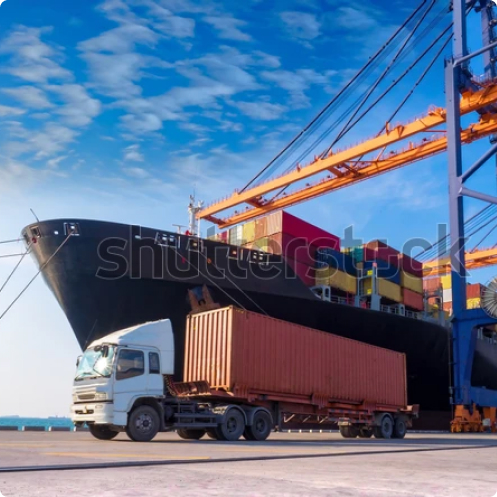The “peak season” is a critical period for all companies that rely on logistics and international shipping, as it represents a time when the demand for freight shipments and inventory management services reaches its peak. During these high-intensity seasons, shipping volumes increase significantly, and companies face complex operational challenges, from infrastructure overload to potential delivery delays.
Planning in advance and managing peak season effectively becomes essential for businesses aiming to maintain high service levels and meet customer expectations. This article by Savino Del Bene aims to explore the challenges of peak season, the main periods of the year when it occurs, common issues that arise, and the best strategies to handle it successfully.
What is peak season?
The “peak season” is a period during which there is a significant increase in demand for logistics and shipping services. This surge is generally linked to holidays, promotional events, seasonal peaks, or changes in consumer behavior that drive demand for goods above normal levels. For companies needing to ship their goods, peak season implies a more complex resource management process, requiring advanced planning to prevent the overload of requests from negatively impacting service quality.
Peak season is particularly relevant for sectors like e-commerce, retail distribution, and import/export, where the ability to deliver on time has a direct impact on customer satisfaction.
When peak season occurs: 5 key periods
Peak seasons vary depending on the sector and geographic context but generally focus on five key periods. Let’s take a closer look at them.
Chinese New Year
Chinese New Year, usually celebrated between late January and early February, is one of the main peak seasons for global freight forwarding shipment. Many factories in China and Southeast Asia close for a week or more, and production does not fully resume for about a month. This leads to a peak in shipments in the preceding weeks, as manufacturers strive to fulfill orders before the closure, and delays in the month following the holiday, as production resumes gradually.
Carnival
Although not universally considered a peak season, in countries like Brazil, Carnival represents a work hiatus that affects logistics and production activities. During Carnival week, which is held in February, companies close, and shipments slow down, especially in the export sector. This can impact timelines for companies operating in collaboration with the South American market.
Summer period
The summer months (July and August) represent a peak period for seasonal shipments, particularly for products related to tourism, vacations, and summer consumption. The summer peak season can be challenging due to the generally reduced operational availability typical of this time of year, affecting various industries. Accurate planning and flexible organization are therefore essential to ensure the continuity of shipments and effectively meet demand.
Black Friday and Cyber Monday
These events, held at the end of November, kick off the peak season for the Christmas period. During Black Friday and Cyber Monday, e-commerce sales reach extremely high levels, directly impacting shipment volumes. For logistics companies, this requires enhancing storage and distribution systems while ensuring rapid delivery times to meet customer expectations.
Christmas and New Year
The holiday season marks the busiest period for shipments, with demand peaking during the week leading up to December 25th. This critical time requires flawless coordination between production, shipment, and distribution to avoid delays and ensure timely deliveries. Companies begin preparations months in advance, carefully planning inventory and optimizing logistics flows to meet the increasing demand for gift-related and holiday products.

Which impact can peak season cause?
As one might expect, peak season presents various operational challenges that can significantly impact business, including:
- Potential delivery delays: The increase in shipment volumes during the peak season can overload transportation networks and sorting hubs, potentially causing delays in deliveries. This issue impacts companies’ ability to uphold their promises of punctuality, negatively affecting customer satisfaction and relationships with business partners;
- Possible increase in shipment costs: Higher demand during the peak season can drive up rates for sea, air, and land transport. This increase in operational costs can directly impact a company’s margins, forcing a reassessment of final pricing or an increase in logistical expenses;
- Potential infrastructure overload: Ports, airports, warehouses, and distribution centers may reach their operational capacity limits. This overload can lead to congestion, delays in loading and unloading operations, and difficulties in coordinating shipments, especially for time-sensitive goods;
- Greater tracking challenges: Managing a high volume of shipments can complicate the precise tracking of goods. Without an efficient tracking system, the risk of errors and losses increases, reducing visibility and the ability to respond promptly to unforeseen issues;
- Possible stock shortages: High demand can also lead to stock shortages, especially for the most sought-after products. This phenomenon negatively affects sales and forces companies to revise their forecasts and inventory policies to adequately respond to seasonal peaks;
- Potential increase in returns: During peak periods, sales volumes rise significantly, often leading to a higher number of returns, especially for e-commerce businesses. Efficient management of returns becomes essential to reduce costs and maintain smooth logistics operations, but it requires additional resources and careful logistical planning.
How to manage peak season: effective strategies
Several strategies can be implemented by companies to mitigate peak season efficiently and minimize the impact of critical issues. Here are some key approaches.
Early planning
The key to effectively managing the peak season, especially during the holiday period, lies primarily in accurate planning that takes into account not only transit times but also the time required for warehousing and distribution activities. Identifying demand peaks related to the festive season well in advance allows for securing shipment capacity and avoiding critical overlaps, ensuring timely deliveries during such an important time for customers.
Optimized inventory management
Increasing stock before peak season and optimizing inventory levels can reduce the chances of running out of products. Implementing solutions for continuous stock monitoring ensures products are always available when needed.
Collaboration with reliable logistics partners
Establishing strong partnerships with experienced logistics and shipping providers enables quick and flexible solutions in case of unforeseen circumstances. Reliable forwarders like Savino Del Bene can offer support in sea, air, and land shipments, providing a wide range of integrated services and allowing companies to maintain high service quality at all times.
Operational flexibility
During peak season, being ready to modify shipping methods (such as switching from sea to air transport for urgent orders) is crucial to ensure on-time deliveries. This operational flexibility allows for quick response to demand changes.
Conclusion
Handling peak season requires a well-structured management strategy based on early planning and efficient use of logistical resources. With its extensive experience and a wide range of integrated transport and warehousing services, Savino Del Bene represents an ideal strategic partner for successfully addressing peak season challenges. Savino Del Bene’s sea, air, land shipping and integrated logistics services can provide the necessary support to manage these intense periods effectively, keeping business operations efficient and meeting customer expectations even during high-pressure times. Contact your local Savino Del Bene representative today.






